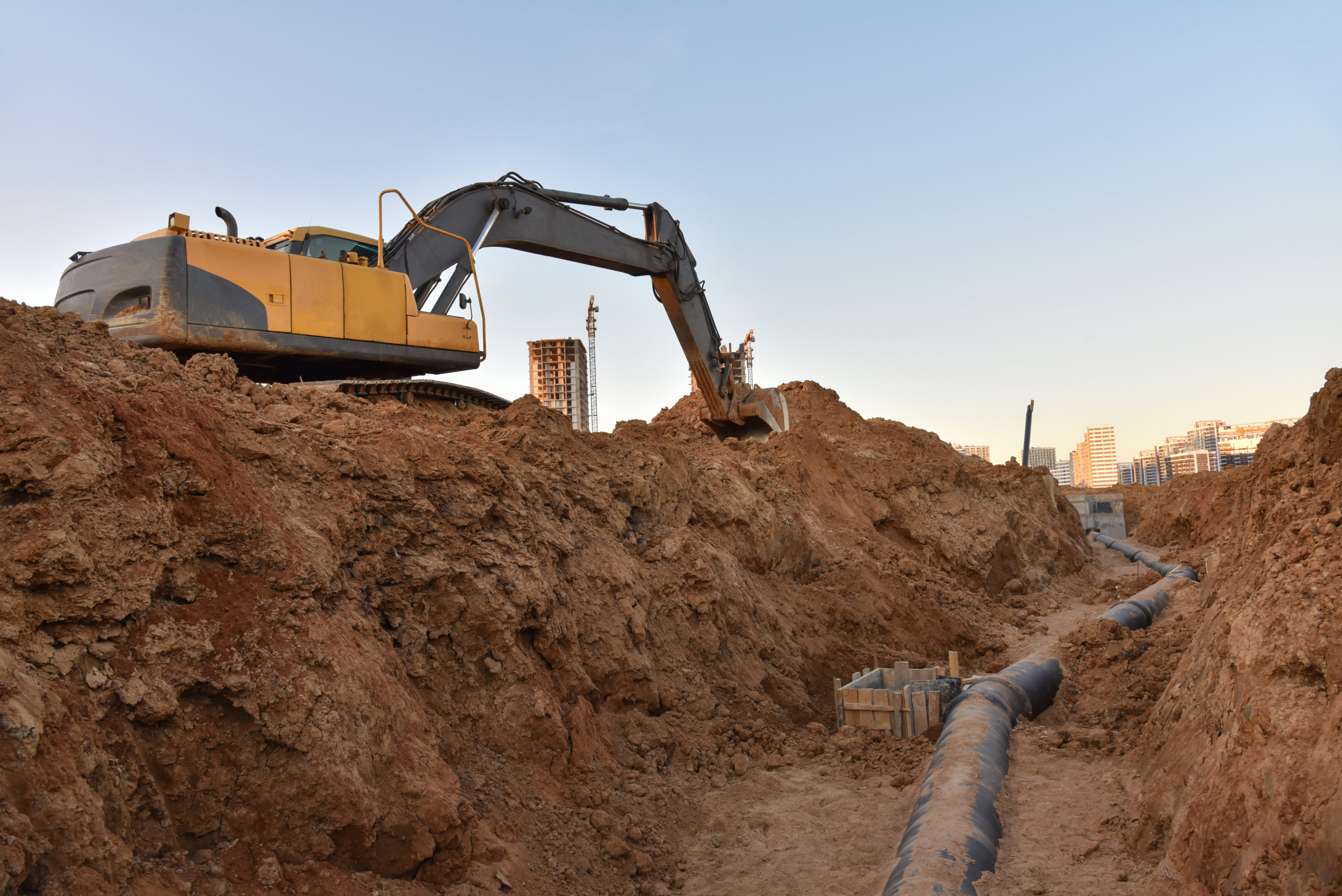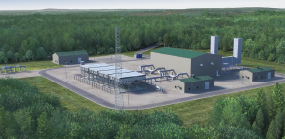WASHINGTON—Investment to expand and construct midstream infrastructure to bring natural gas, natural gas liquids and crude oil supplies to markets will support an average of over 125,000 jobs each year from 2012 through 2035, generate nearly $57 billion in federal, state and local tax revenue, and add more than $511 billion in total economic output, a new study finds.
The report, Jobs & Economic Benefits of Midstream Infrastructure Development: US Economic Impacts through 2035, conducted by Black & Veatch on behalf of the INGAA Foundation, finds that the $200 billion in projected investment midstream infrastructure through 2035 will result in significant benefits for the U.S. economy in the near term and the long run. Economic benefits are shared by all regions across the United States and are felt throughout the study period. In the near-term, the study projects an average of nearly 160,000 jobs will be supported in both 2012 and 2013 and an average of over 135,000 jobs will be supported from 2012 through 2016.
“This study demonstrates the importance of midstream infrastructure in terms of jobs and economic benefits,” said INGAA Foundation President and CEO Don Santa. “In addition to creating a consistent stream of construction jobs, this investment also supports operations and management positions, which are higher paying compared with average national wages. This midstream investment also helps local economies as well as federal, state and local governments.”
Santa, also president and CEO of the Interstate Natural Gas Association of America, said the new study analyzes neither the economic impacts from exploration and production activities nor the impacts on households and manufacturers that will benefit from lower natural gas, oil and NGL prices. A number of reports have sought to quantify those economic impacts, he noted. “The important thing to remember is that the benefits of increased domestic natural gas, oil and NGL production only can be realized through the development of midstream infrastructure,” Santa explained. “Pipelines serve as the indispensable link between production and markets.”
The new report is based on data compiled in the INGAA Foundation’s North American Midstream Infrastructure Through 2035 – A Secure Energy Future study, completed by ICF International in 2011. That study projected capital requirements, in 2010 dollars, for North American natural gas, NGL and oil midstream infrastructure, which includes mainlines, laterals, processing, storage, compression and gathering lines. In the new INGAA Foundation study, Black & Veatch converted the capital investment projections to 2011 dollars, limited the scope of investment to only Lower 48 U.S. and offshore Gulf and calculated the jobs and economic impact of the investment.
Because natural gas midstream represents the large majority of projected investment (83 percent), it also represented the largest share of economic benefits in new study. Oil investments (approximately 10 percent) and NGL investments (approximately 7 percent) accounted for the remainder of the economic impacts.
According to the new report, natural gas midstream investment and the investment to operate and maintain the pipelines will support an average of over 103,000 jobs each year from 2012 through 2035, generate nearly $47 billion in federal, state and local tax revenue, and add more than $420 billion in total economic output. In the near term (2012 through 2013), midstream natural gas investment will support an average of nearly 99,000 jobs per year, generate $3.7 billion in federal, state and local tax revenue and $34.2 billion in total economic output. In the mid-term (2012-2016), midstream natural gas investment will support an average of over 95,000 jobs a year generate $9.4 billion in federal, state and local tax revenue and $80.4 billion in total economic output.
The complete report, which also provides economic impact by region, is available here or at https://ingaa.org/economicimpactreport.aspx





